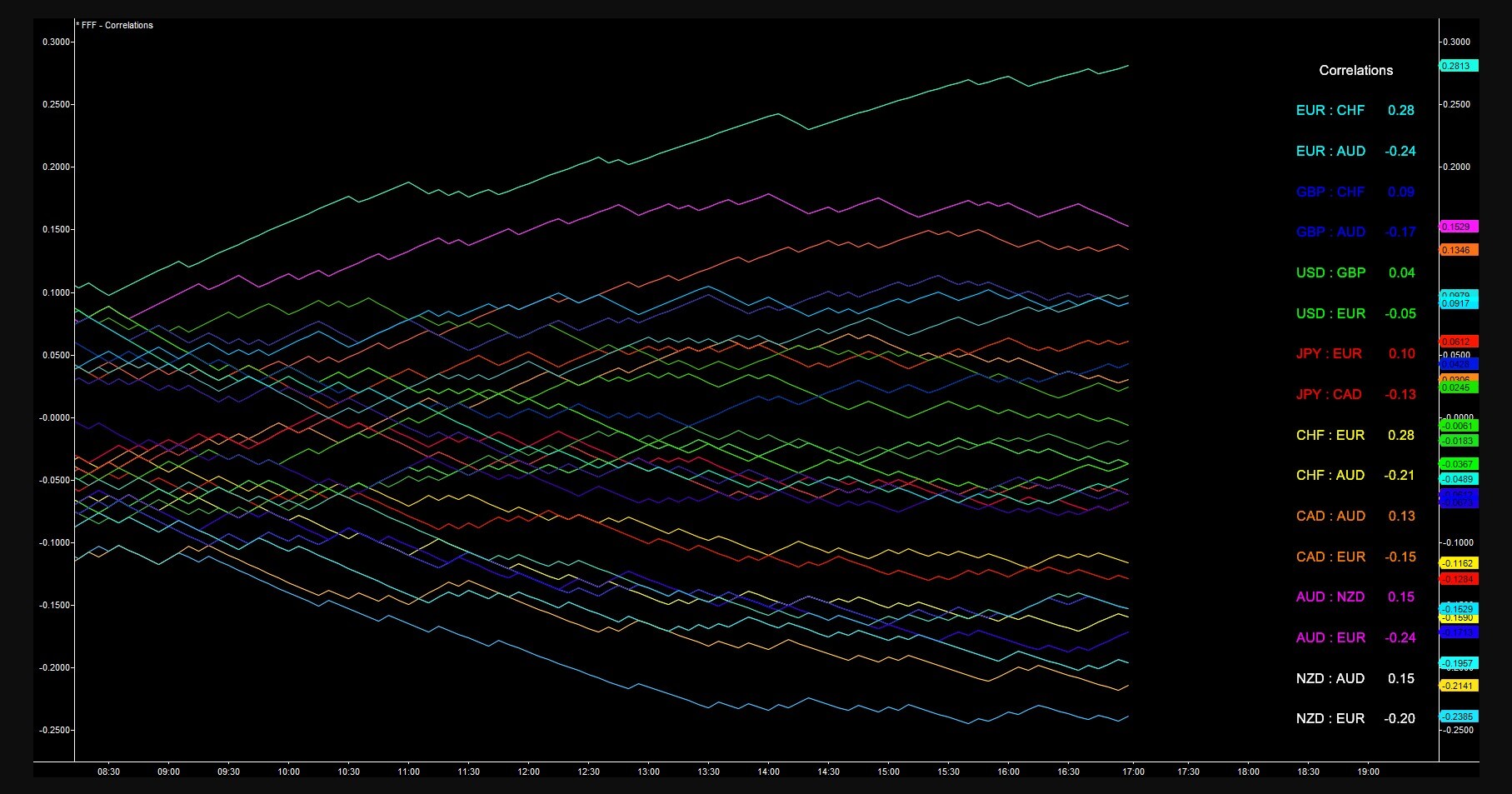As an invested trader or a keen observer, you probably recognize the importance of understanding and using indicators in forex trading. Thankfully, owing to a plethora of available information, you can feel relieved knowing that such an abundance of sources may actually save you from months or even years of hard work (and quite a few losses too). Quite naturally, to be able to start trading, you really need to see where you are standing with regard to your level of skills and knowledge.
However, rest assured that, in terms of indicators, there is a definite list of types you should focus on, as well as the right approach to interpreting charts and following trends. Note that some expert traders do not rely on secondary indicators. Their primary source of information is Price Action and only occasionally use an indicator or two to support Price Action patterns. The article assumes you know how to handle the most popular trading platform, the MetaTrader 4/5.
One of the key points where traders often misinterpret the advice they come across is that indicators always work. This is true to a certain degree, of course. Before you read or watch any material on the topic of forex, you must think about what types of information you should be looking for are. That further implies that you must be aware of what your needs and goals are as a trader. Understanding how the fiat market functions is also a vital prerequisite to being able to make use of indicators, i.e. profit from forex trading.
Another essential principle of this market of which traders should become conscious as early as possible is that trading revolves around trends, not reversals. Many studies have confirmed that trend following is the most profitable course of trading. It is each trader’s task to learn how to read into these trends because these skills will essentially bring out the lucrative side of this business. Even more importantly, indicators are useful and much-needed tools, yet the way they are combined will eventually equal the amount of financial reward. Therefore, if you learn how to combine trend indicators effectively, you can achieve some amazing results.
Although each trader will need to put a great number of hours into grasping the complexity of this market at the beginning of their career, the purpose of learning about trend indicators is to reap quite a few benefits afterward. As an experienced trader, you may not need more than 10 to 15 minutes during the day to see how your efforts lead to profitable outcomes. In the end, everything boils down to the question of whether you want to sacrifice your time or money doing any other job. If the answer is neither, then you know that learning how to trade currencies properly is a crucial step.
Every trader will work towards understanding the degree of the risk involved in their everyday trading. This step is particularly important because you will need to set the limit, which will essentially help you know what the right time to stop is. Indicators alone are thus insufficient unless you become aware of your boundaries and your goals first.
Once you decide on your priorities and preferences, you can allow yourself to start searching for the right indicators that you will use eventually to build up your own algorithm. To achieve this, you will need to check various blogs and websites, as these sources of information often complement each other. Unfortunately, the search for the right indicator rarely ends here as you still have to think of a few other key points on your path to becoming an expert trader.
Firstly, you should pay attention to indicators that offer too many signals and thus push traders into starting off too early. Some others do the opposite by not alarming you to make a trade on time, which equally defective and dissatisfactory. In addition, if your indicator provides a narrow selection of information, it does not necessarily imply that these trades will be beneficial.
An example of great indicators is the one which can give you great signals and, at the same time, prevent you from trading during unstable periods. This is extremely important for the times when a price may be going in one direction, but the big banks unexpectedly get involved and completely change the prices’ direction without any prior warning or news event. An indicator able to avoid false trends and save you from these sudden price changes is the type of indicator you should strive to find and use in your trading.
Unfortunately, a surprisingly vast number of available indicators have proved to be impractical and of no use in reality. Created by programmers who often do not do any trading themselves, such indicators fail to provide the type of information traders necessitate. Nonetheless, most of the remaining ones can actually be quite useful with some additional adjustments, which all traders learn how to make after a while.
Despite the fact that the vast majority of indicators demonstrated poor performance, all good indicators typically fall into three main groups: 1) zero-line cross, 2) mutually crossing lines, and 3) chart indicators, which will be discussed in detail. In case the indicator you are thinking of using does not belong to any of the three, you may want to avoid it to evade any money-related losses. You may, nonetheless, use the following descriptions to see how good indicators function with real charts and currencies and decide to test them yourself later.

